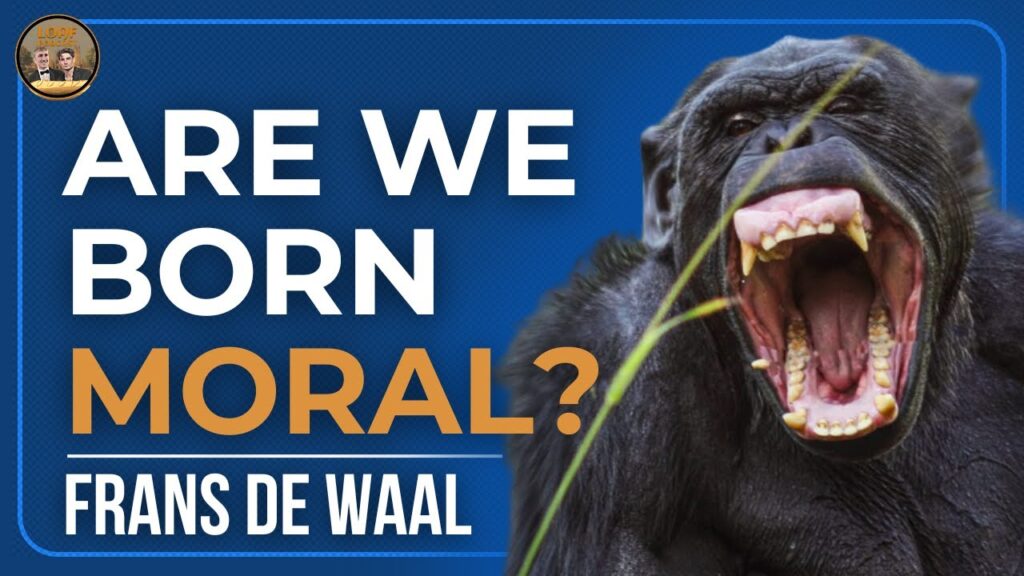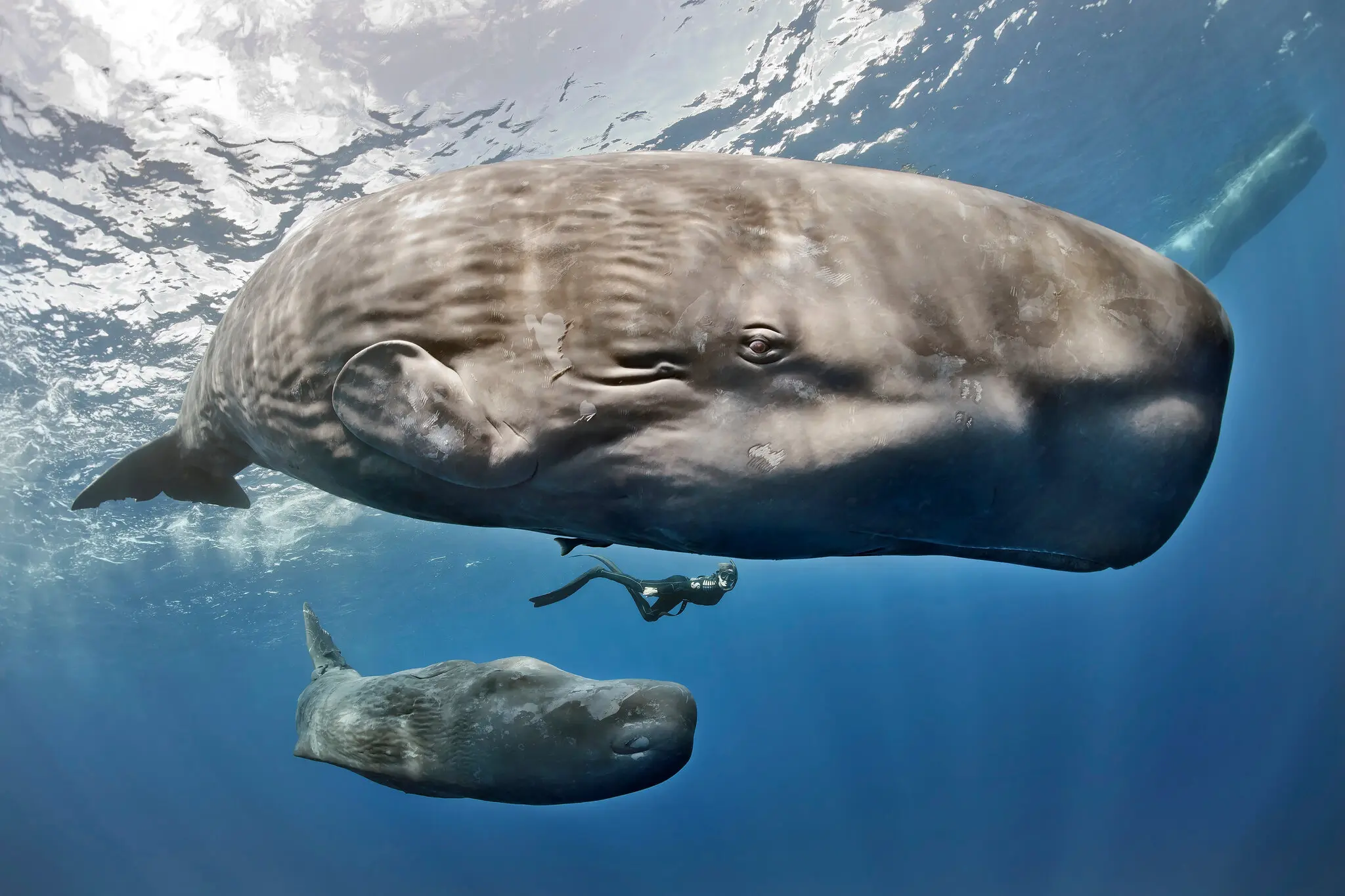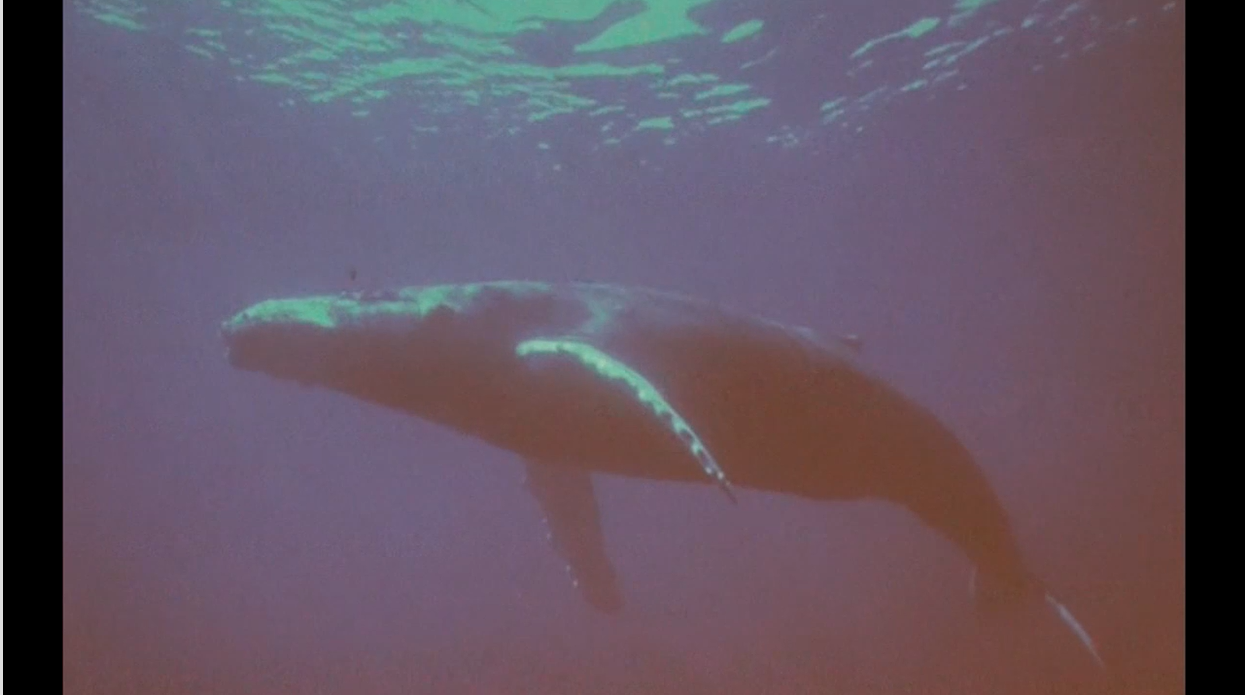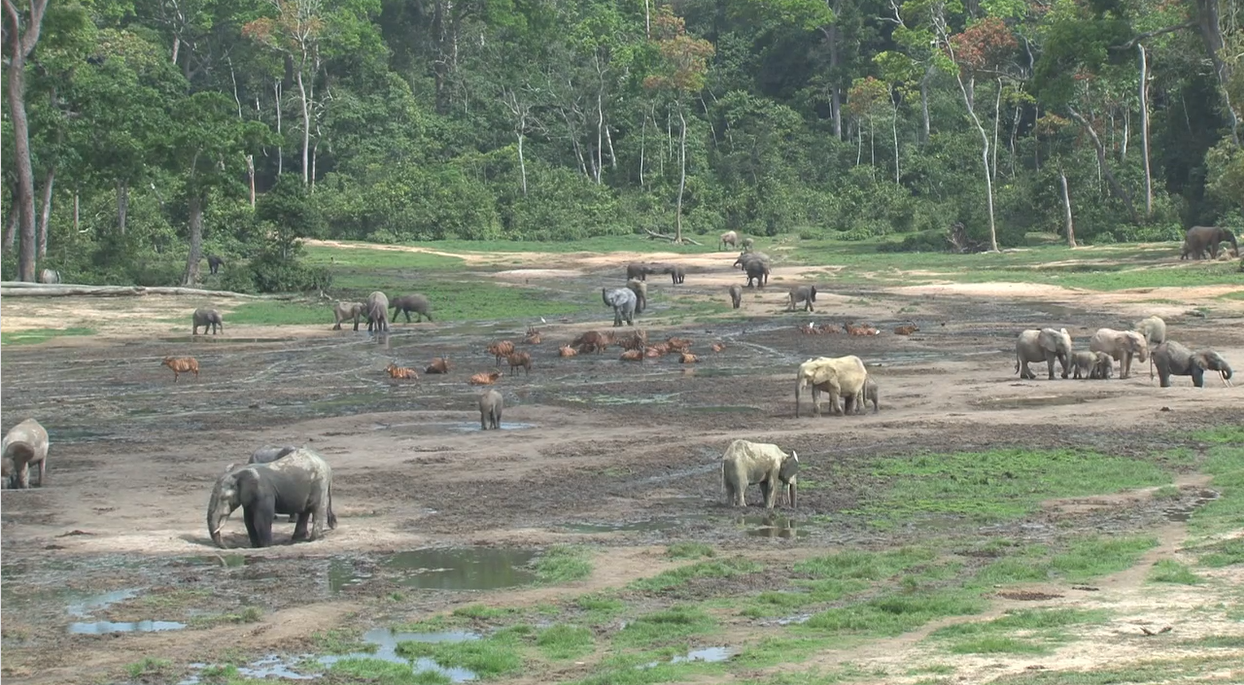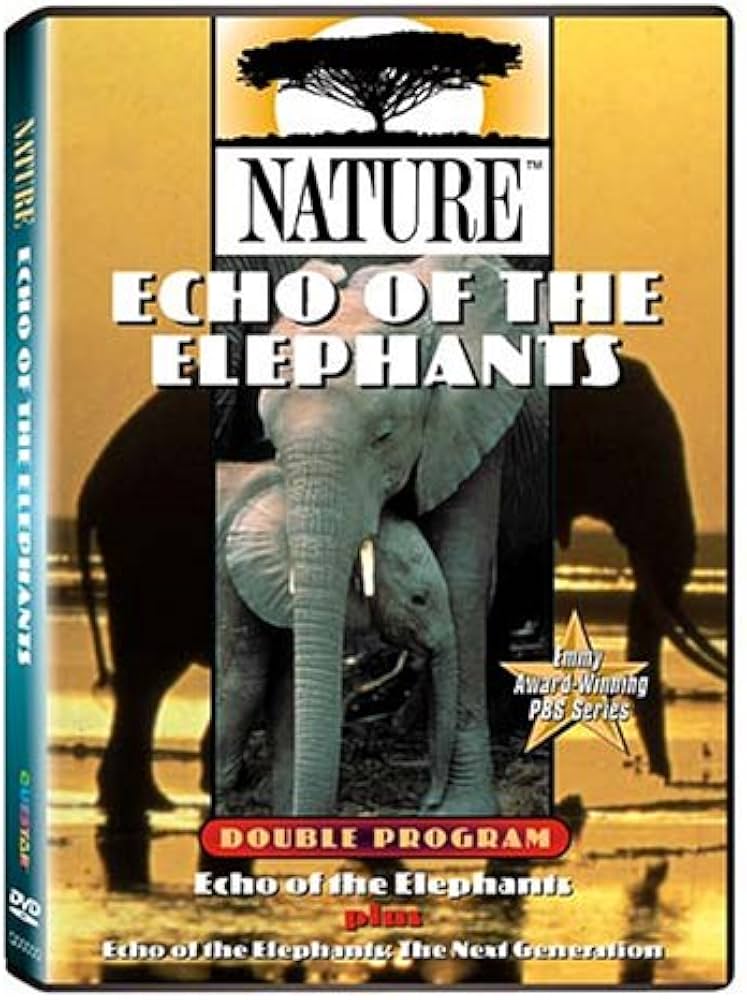Mammals: Multimedia
Further resources, if available, can be found in our full bibliography.
“Apes & The Nature of Empathy | Dr Frans de Waal”
In this episode, the LOAF hosts are joined by Frans de Waal, a renowned primatologist and ethologist. de Waal is known for his groundbreaking research on the behavior and social intelligence of primates, particularly chimpanzees and bonobos. His work has significantly contributed to our understanding of empathy, morality, and social behavior in animals, challenging long-held beliefs about human uniqueness. Is human nature good or bad? Throughout their discussion, de Waal shares profound insights on the nature of empathy in animals, providing compelling examples of inherent morality and cooperation among species.
“Whales Have an Alphabet”
Ever since the discovery of whale songs almost 60 years ago, scientists have been trying to decipher the lyrics. But sperm whales don’t produce the eerie melodies sung by humpback whales, sounds that became a sensation in the 1960s. Instead, sperm whales rattle off clicks that sound like a cross between Morse code and a creaking door. Carl Zimmer, a science reporter, explains why it’s possible that the whales are communicating in a complex language.
“Dr. Lori Marino, What Do (Can) Humans Know about Whale and Dolphin Minds”
Lori Marino offered a live webinar as part of the American Cetacean Society San Diego Chapter’s Live Series. In her talk, Marino reviewed some of the current scientific knowledge about cetacean brains and cognition, and identified areas where humans are different from cetaceans and areas where they are very similar. She concluded that as a result of a shared deep evolutionary history as mammals and the shared neuroanatomy, cetaceans and humans are not entirely unfamiliar to each other.
“Singing Whales, Deep-Rumbling Elephants: What Their Sounds Reveal about their Minds”
In this public lecture, bioacoustics researcher Katy Payne, founder of the Elephant Listening Project, spoke about large mammal communication. With sound and video, the presentation illustrated Payne’s research into the acoustic behavior of elephants and whales, who use sound in a variety of ways to support their complex, far-flung societies.
Koko: The Gorilla Who Talks to People
The extraordinary story of Koko, the only “talking” gorilla in the world, and her lifelong relationship with Penny Patterson. Project Koko started as a PhD project to teach sign language to a baby gorilla, but as Koko began to communicate with Penny, an intense bond formed between them.
“Inside Cornell: Elephant Listening Project”
In this video presentation, Peter Wrege, director of the Elephant Listening Project, met with reporters in NYC to discuss new discoveries related to forest elephant behaviors and the poaching crisis in Africa.
“What Separates us from Chimpanzees? | Jane Goodall”
Jane Goodall hasn’t found the missing link, but she’s come closer than nearly anyone else. The primatologist says the only real difference between humans and chimps is our sophisticated language. She urges us to start using it to change the world.
“Katy Payne: In the Presence of Elephants and Whales”
Katy Payne is a renowned acoustic biologist with a Quaker sensibility. She’s found her astonishmentand many life lessonsin listening to two of the world’s largest creatures. From the wild coast of Argentina to the rainforests of Africa, she discovered that humpback whales compose ever-changing songs and that elephants communicate across long distances by infrasound. In this interview with Krista Tippett, Payne shares her story and insights on elephant and whale communication.
Living with Wolves
During centuries wolves were characterized as blood-thirsty beasts, enemies of owners of ranch and killer of helpless live-stock. Adjusted to overcome this misunderstanding, the cameramen-naturalists of Jamie and Jim Dutcher lived six years in a tent camp, in the wilderness of Idaho, living with the covey of wolves, listening to them and earning their trust. Narrated by Liev Schrieber.
Echo of the Elephants: The Story of an Elephant Family
Cynthia Moss has been studying the elephant population in Kenya’s Ambesoli National Park for more than 20 years. Her work here documents an intense 18-month observation, from January 1990 to June 1991, of a single family unit. Moss escorted cinematographer Colbeck as he filmed a documentary, airing on PBS’s Nature. Her film is like a novel yet is scientifically accurate, non-exaggerated, and highly informative. Readers will become involved with matriarch Echo and her family, kin, and clan. In a sense, this film is also about the rapid changes happening to Earth. While humans are propagating at an exponential rate (unreasonable, unbound, alarming) this most aggressive predator (human) eats everything into extinction and destroys habitats and echo-systems into extinction. Other work by Cynthia Moss includes Elephant Memories: Thirteen Years in the Life of an Elephant Family (1988).
Photo Credit: yamabon/Pixabay
